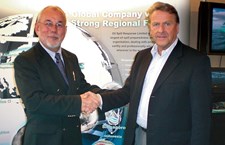Activate Us
Our activation procedure including contact details and forms for activation, in addition to equipment stockpile and aviation status reports can be found here.
If you need a copy of our Scale of Fees, please contact us.
Emergency Contact Numbers
-
Europe, Middle East & Africa
+44 (0)23 8033 1551
-
Asia Pacific
+65 6266 1566
-
Americas
+1 954 983 9880
Please note that:
Response services are guaranteed ONLY for Members. Non-members are not guaranteed a response and will be required to sign a Non-member contract. Services and rates differ. Duty managers can be contacted for exercises.




















































